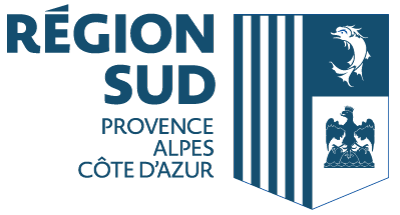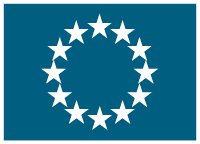Conservation of Aphanius iberus genetic stocks (Murcia)
(Fartet Murcia )
Date du début: 1 janv. 2005,
Date de fin: 31 déc. 2008
PROJET
TERMINÉ
Background
The Iberian toothcarp (Aphanius iberus) â a priority species for conservation according to the Habitats Directive â is a very rare, small fish species (The overall population, as well as the regional populations with different genetic identities, has declined by around 40% in recent years (from estimated nuclei of just 30) dividing the speciesâ range into smaller and smaller subpopulations. The main threats in the Murcia region (project location) as elsewhere across its distribution range are: the destruction of its favoured natural habitats, or the implementation of unsuitable land uses and practices; the proliferation of exotic species that compete or act as predators; and an absence of knowledge about the extremely rare species - which has impeded proper management and also awareness raising.
Objectives
The overall project aim was the recovery and preservation of Aphanius iberus subpopulations within the Murcia region (i.e. covering its entire regional distribution range). Both âin situâ and âex situâ conservation measures were foreseen. The âin situâ measures would involve habitat management actions and the eradication of competing alien fish species in the Upper ChÃcamo river, and the restoration of some important natural habitats such as âsalt pansâ (salt pools/ lakes) for the toothcarp. For the âex situâ conservation, the aim was to secure a good population in captivity to allow its reintroduction into its natural habitats, if necessary. Training courses for managers and awareness raising activities for stakeholders would complement a speciesâ recovery plan â helping to safeguard the continuity of this conservation programme in the future.
Results
The following preparatory documents were drawn up by the project to help achieve a favourable conservation status for the endangered Iberian toothcarp (Aphanius iberus) in the Murcia region:
a species recovery plan, including management plans for the species in the Marchamalo and Rasall salt pans;
a management plan for the âHumedal de Ajauque y Rambla Saladaâ and âRÃo ChÃcamoâ SCIs (sites of Community importance according to the Habitats Directive) within the Natura 2000 network; and
guidelines for breeding and maintenance of the species in captivity.
One-off (non-recurring) management actions:
In the Upper ChÃcamo river, new ponds were constructed and existing ponds were restored. Two bridges were also built to replace crossings where previously vehicles had damaged the river bed. A pilot programme was started to increase the habitat available for the ChÃcamo riverâs genetic stock by maintaining small groups in irrigation ponds. In the Marchamalo salt pans, the sides of some ponds were restored to encourage the entry area of water from the âMar Menorâ sea. A side-channel was also constructed to enlarge the speciesâ habitat and provide water to the restored ponds.
Specimens were released following the guidelines drawn up at the start of the project. A monitoring programme will continue to assess success or failure of these releases. Further interventions may be carried out if necessary.
Two lines of breeding in captivity were developed â one from the ChÃcamo river and the other from the Marchamalo salt pans. These are housed in separate locations to avoid problems of genetic contamination. Besides laboratory breeding, individual specimens were added to external ponds to keep them under conditions of semi-captivity.
Recurrent management actions (i.e. continuing over the course of the project):
Monitoring and biological assessments were carried out in each of the target areas of the project. Studies were carried out on the population status (structure and abundance) at the locations of the site actions. Monitoring was carried out on the habitat (assessing physical and chemical parameters, habitat evolution, uses and preferences of the species). Other studies included monitoring of restored habitats (re-stocked) and of new populations.
A programme was implemented to control exotic species (mainly Gambusia or topminnows and American red crab) in the ChÃcamo river and the Rambla Salada salt pans. In addition, guidelines were drawn up for eradication of gambusia in the two target areas.
Another programme was developed covering guidelines and implementation of breeding in captivity â considered essential for long-term conservation and recovery of the species. This provided several studies e.g. of various physicochemical parameters, photoperiod, substrate types and optimum proportion of aquarium breeding for captive breeding. Other studies analysed the diet, especially of young fish, as a method of increasing their survival rates. These results were good with a high (70% average) the percentage of hatched eggs and survival of larvae and the young fish. Genetic studies on the captive âfartetâ population was also undertaken.
Finally, a programme of awareness raising actions was carried out. The project organised stakeholder meetings, published guidelines and manuals etc. In addition, in association with the Museum of Science and Water and the Murcia nature centreâs network, an exhibition of the captive âfartetâ population was presented accompanied by talks and guided visits.
Further information on the project can be found in the project's layman report and After-LIFE Conservation Plan (see "Read more" section).




